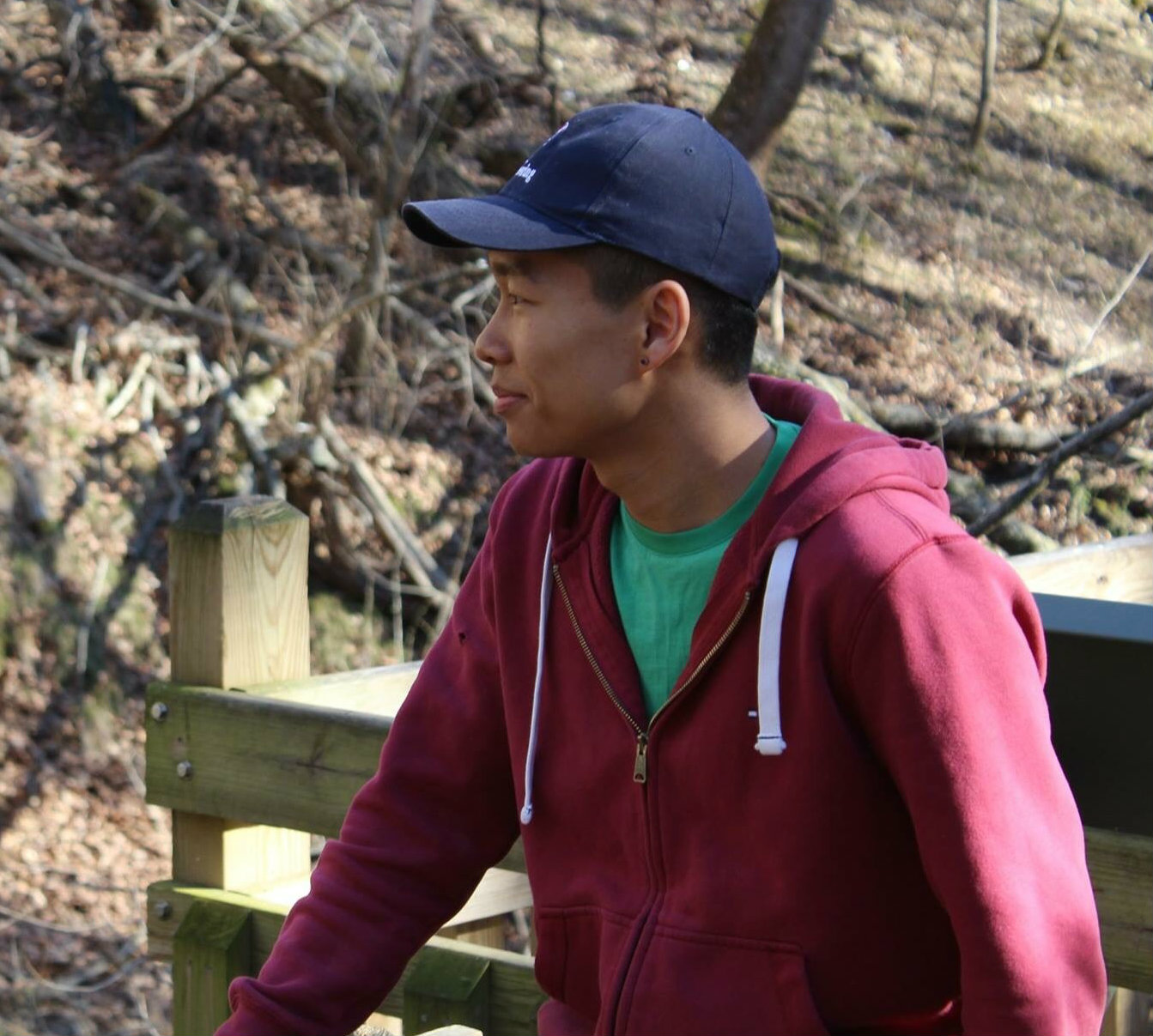From Atoms to Outer Space
Dean’s Scholar Jaron Ma, C’17, on his wide horizons as a VIPER student.
From watching forces interact at the atomic level to using satellite images for ecology research, Jaron Ma, C’17, has seen it all as a VIPER student.
The Vagelos Integrated Program in Energy Research, known as VIPER, was created for students interested in solving the world’s energy problems. The dual-degree program is jointly run by Penn Arts and Sciences and Penn Engineering and Applied Science. It’s designed to get students quickly involved in exploring energy research, as well as prepare them to introduce their ideas to the outside world.
It’s the reason Ma, who is from Ballwin, Mo., came to Penn. “I wanted to do something that would change the world, so I was wondering what fields of research would be most impactful, would be something helpful,” he says. “VIPER sounded like a program that did that.”
Ma was honored as a Dean’s Scholar this year for his research and initiative. During the summers after his freshman and sophomore years, he worked in the laboratory of Robert Carpick, John Henry Towne Professor of Mechanical Engineering. They were studying an engine additive for cars, zinc dialkyldithiophosphate (ZDDP), which works by breaking down to form a layer of film that protects engines from wear. Researchers would like to find a way to reduce or replace ZDDP because, although it reduces wear, it slightly increases friction in the engine, and its exhaust damages the car’s catalytic converter, a piece of equipment that reduces pollutant levels. ZDDP also doesn’t work as well on the lightweight engine materials being looked at as potential replacements for steel.
However, although ZDDP has been used since the 1940s, scientists haven’t been able to find how or why the additive forms its protective film. Carpick’s group had to find a way to watch the formation at a near-atomic level. To do that, they used an atomic force microscope (AFM) in the Singh Center for Nanotechnology. The AFM uses a nanoscale tip much like a record needle, measuring up-and-down movement as the tip is dragged over a surface.
Normally AFM tips are silicone, carbon, or nitrogen-coated, says Ma. “We literally glued spheres of different particles on to the AFM and used that as the scratching surface.” With steel against steel, they were able to watch the film form. “I think this was the first time that someone was able to image these films while they’re being formed using interfaces that you would find in an actual engine,” he says. “It expands the possibilities of working with the AFM.” Ma is a second author on a manuscript about to be submitted to a peer-reviewed international journal for publication.
As a junior and senior, Ma also worked with Jane Dmochowski, a senior lecturer in earth and environmental science, using satellite imaging to support her ecology research in California’s Santa Monica Mountains. “You need information like precipitation and temperature over areas that are small enough to be detailed and over time scales that are consistent enough to be helpful,” Ma says. “I helped find the information and wrote codes to start munching through that data.”
Dmochowski and Ma were using LandSat data, which is freely available through NASA. The satellites take images of specific wavelengths of light, like red or infrared. Those measurements can then be used to calculate whether the plants are dormant or actively photosynthesizing. After getting the initial measurements, Dmochowski’s group will look at more specific factors that may be affecting the plant’s activity. They can even measure how the actual numbers of species are changing, because grasses have different patterns than shrubs.
“In some ecosystems the shrubs are encroaching on grasslands,” says Ma. “In this particular ecosystem we’re talking about how grasses are encroaching on shrubs. Maybe a more philosophical questions is, do we have any business controlling either of those processes?” That question, he says, can be answered by learning what is causing the changes. “Which are natural causes and which are not? That’s the ultimate question.”
Ma has taken a job at Gore-Tex, where he’ll be researching membranes and other products. “I probably will get a Ph.D., but I wanted to work in industry first,” he says. “After 17 consecutive years of education, I didn’t think I should go straight from school to school.” He’s keeping his options open, though: “There’s so much that interests me, and so many big issues.”



